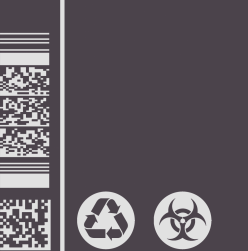Editing (Continuity editing)
Sequence shot [Over a minute and takes in a lot of action in a scene]
Simple dialogue, complicated sequence
As far as I known, there are many “one shot” film.
<ROPE> (1948)
<BIRD MAN> (2014) (Best Picture of the 87th Academy Awards)
<RUSSIAN ARK> (2002)
<VICTORIA> (2015)
<1917> (2020)
<SILENT HOUSE> (2011)
These films are not all real “one shot” film, some of them used tricks to hide the cutting points.
—————–split line (ง •_•)ง—————–
The cut [The transition between the end of one shot and the beginning of another]
The most basic transition.
Dissolve [one shot slowly fades into another sharing the same space for a few seconds]
Wipe [The second shot rolls over the first shot]
Dissolve and wipe traditionally done to mark at the end of one scene and beginning of another or to mark a change in location.
Dade in/out [Going to or from a black screen]
A common way to start and end a film.
—————–split line (ง •_•)ง—————–
Continuity editing [Make everything seem happening simultaneously]
Different dates at the same time, or the same weather and light.
Good continuity editing is invisible.
Continuity errors [The in-universe logic of scene doesn’t match with what shows up on screen]
Break established conventions things in audiences’ mind.
Screen Direction [Screen Direction having a consistent direction of movement between shots]
Establish continuous space.
The movement is from left to right.
Match on action (continuous action) [One action with two directions]
Actions linked different screen direction. This connecting between shots can be subtle.
Eyeline [Eyeline linked different screen direction]
Show the location. Camera direction changes with eyelines, which can show a change in relationship.
180-degree rule [The camera always stays on one side of the character]
Letting audience focus on what happening.
More of a guideline and it can be broken.
Crossing the axis [Complex scenes with multiple characters and eyelines]
Eyelines tells the locations of different objects.
Chaotic but not entirely unintelligible.
Establishing shot [A wide shot shows where the scene take place]
Basic scene will start with an establishing shot.
Master shot [A scene in its entirety to everyone’s location]
Close up [Like portrait]
Show character talking.
Reverse Angle [Show opponent]
Use linked eyeline.
Insert shot [Close up important details]
Example for editing is above.
Tricks
Shot | Reverse Shot [Switching camera between talking characters]
Seem boring but the director can make audience guess the location by starting with close-up or extreme close-up shots and ends with the wide.
One of the strengths that movies have over theater is that cutting.
Cross cutting [Jump from one scene to another]
Show several actions are happening simultaneously.
Display with time and space is one of film’s unique strengths as a medium.
